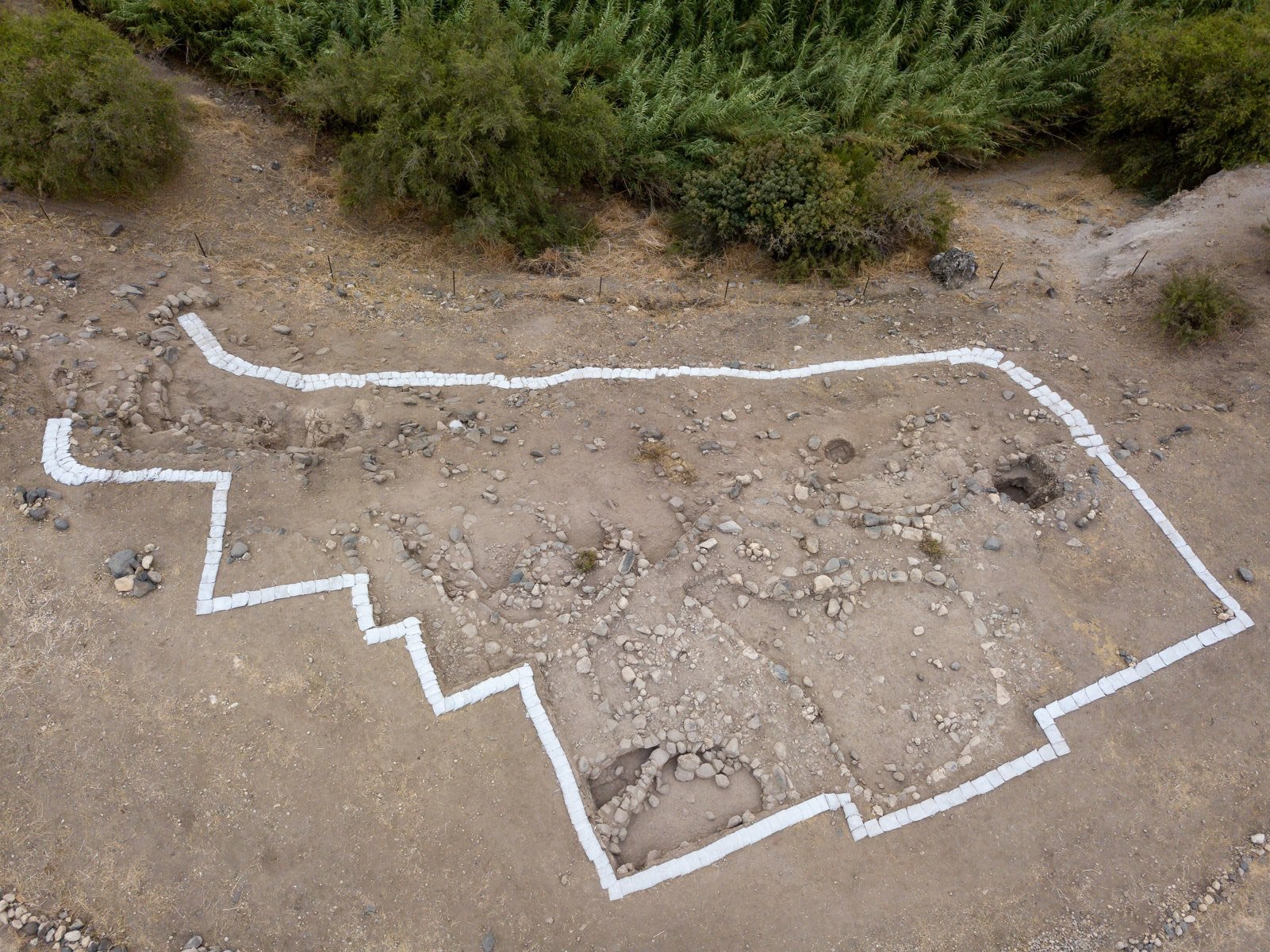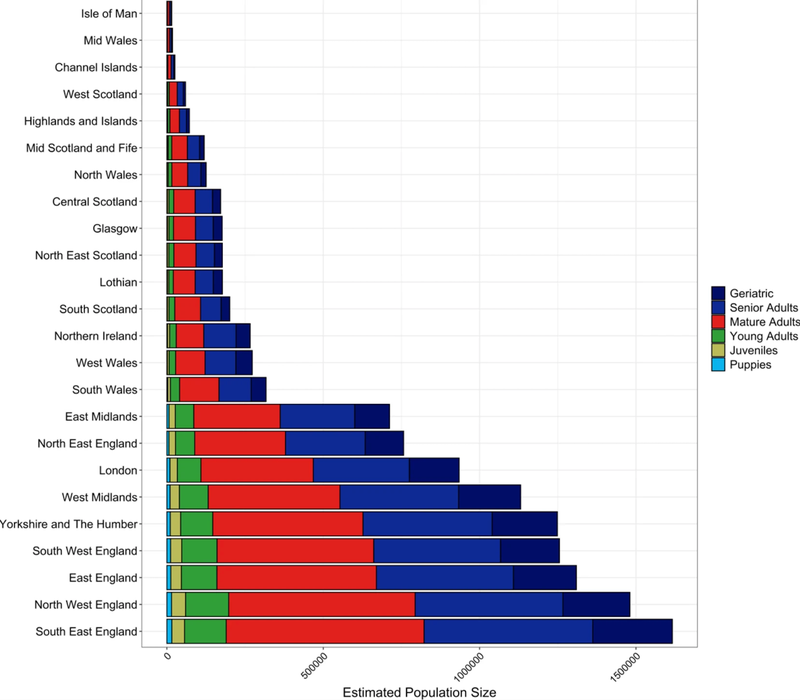The latest research also establishes the proximity of the Great Wall of this time to the ancient Pingyin city mentioned in historical texts, suggesting the wall was not just a fortification against invasion but also served a strategic role in controlling trade and transportation.
Archaeological excavations in eastern China's Shandong province suggest that some of the oldest sections of the Great Wall were built 300 years earlier than previously thought.
However, new excavations undertaken last year and covering over 1,000 square meters found sections of the wall dating back to the late Western Zhou Dynasty, which ruled from 1046BC to 771BC, and to the early Spring and Autumn Period of 770-476BC.
The findings shed light on advanced engineering of the ancient Chinese to expand the wall to about 30 meters at the peak of Qi State likely during the Warring States Period.
Researchers reportedly used a multidisciplinary approach to date these sections of the wall, including analysis of traditional artefacts collected at the site as well as specimens of plant remains and animal bones.































